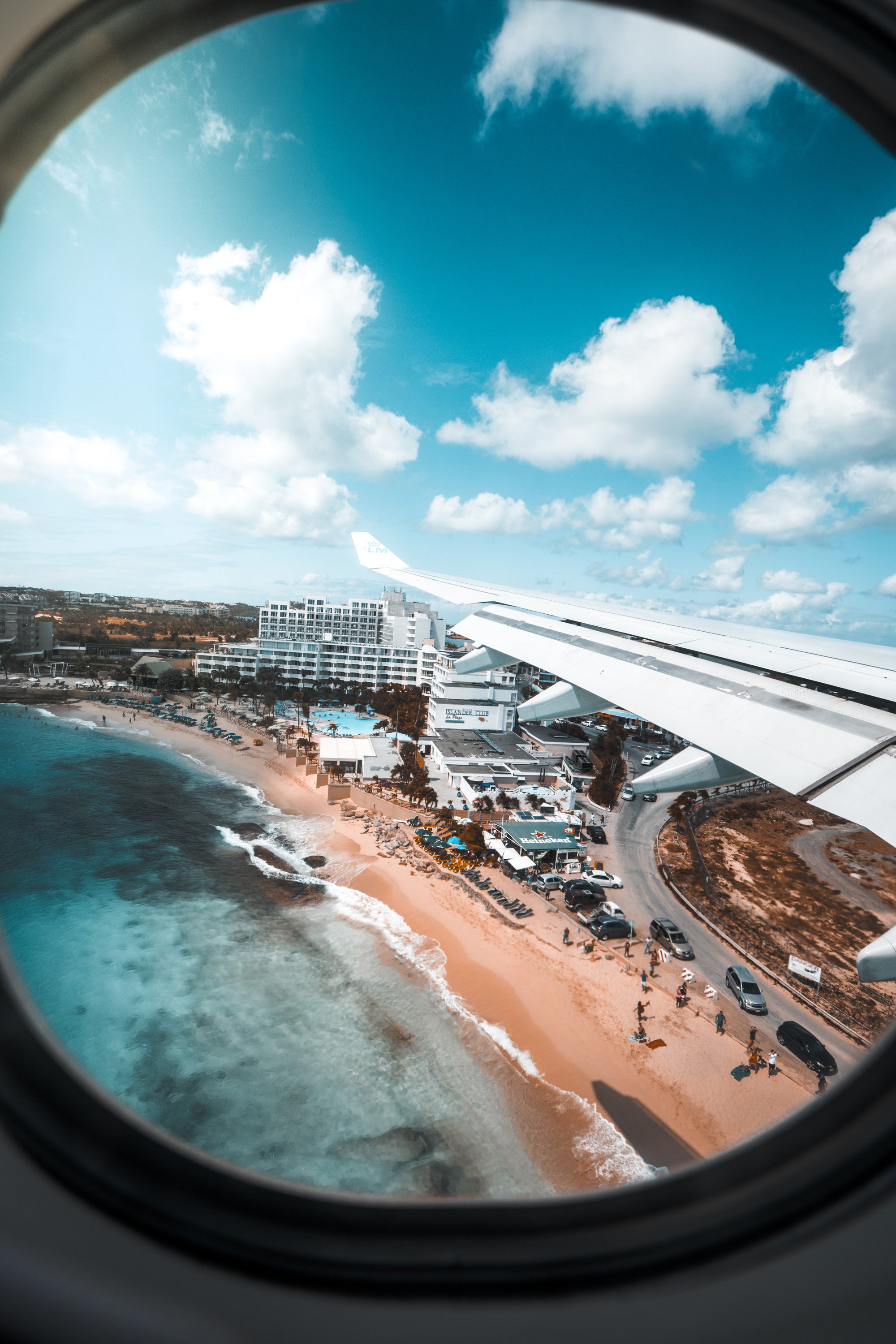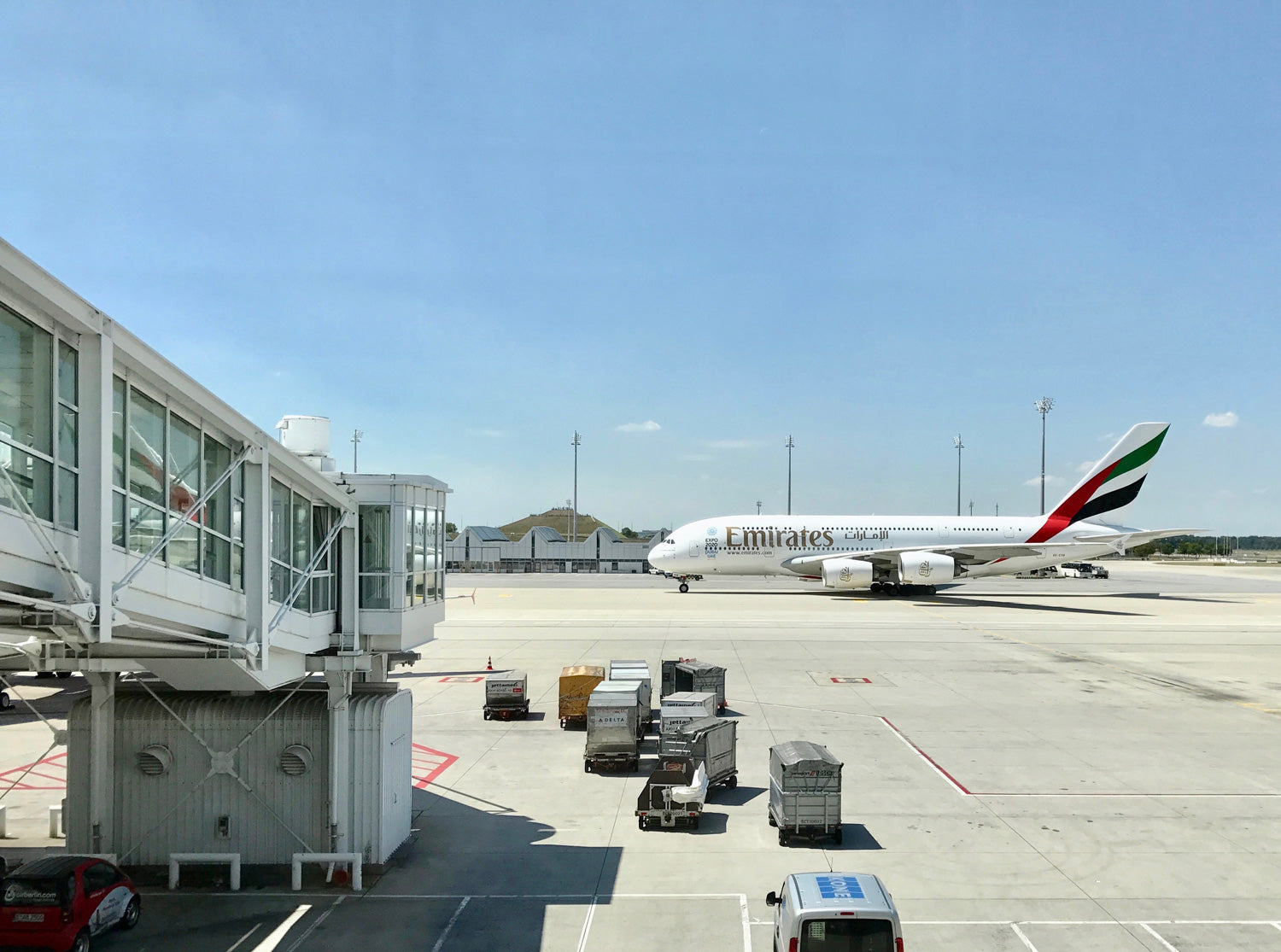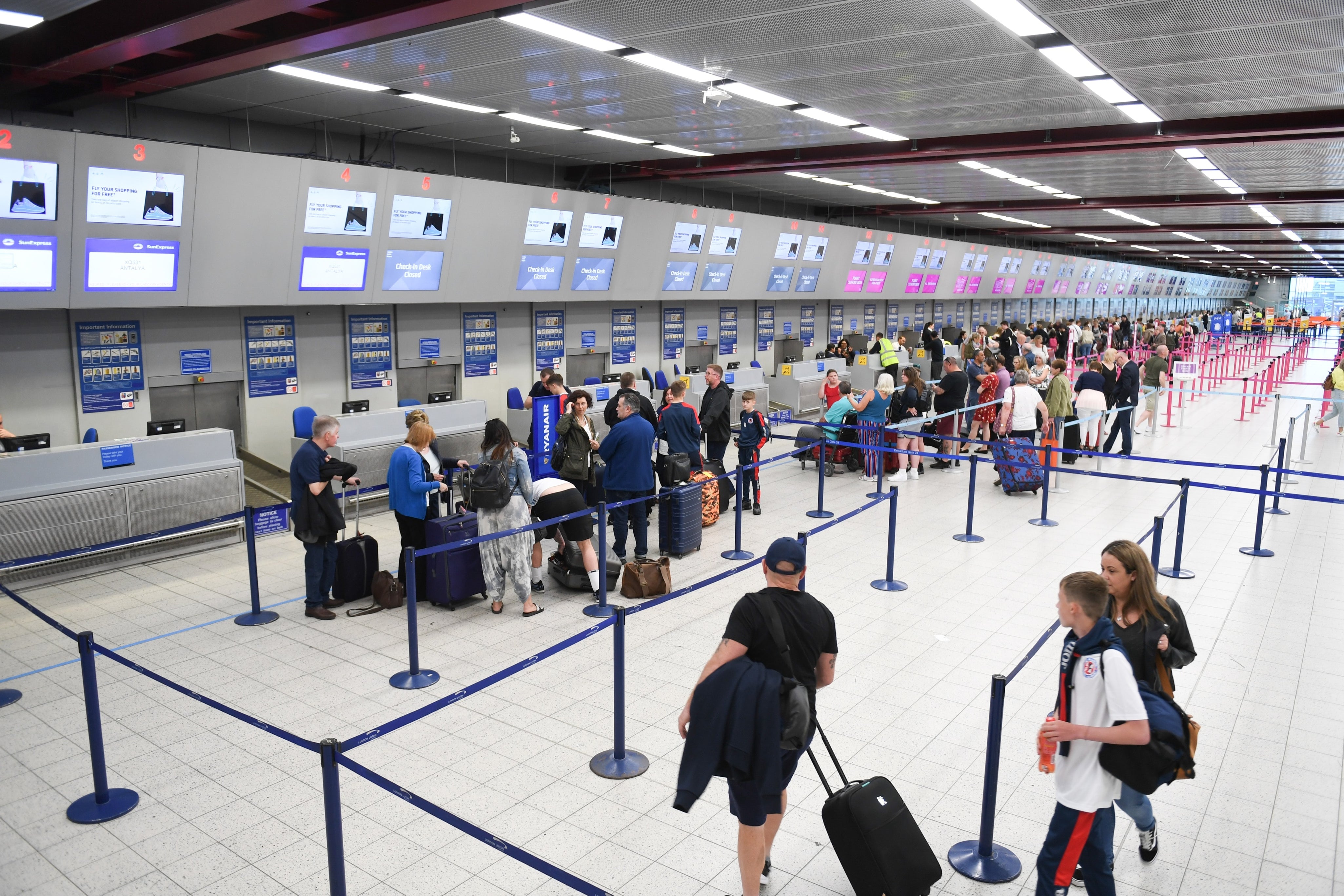The Ultimate Guide to Flying With a Bike

The Ultimate Guide to Flying with a Bike: Tips, Tricks, and Essential Information
Nothing beats the freedom and excitement of exploring new places on a bike. From the thrill of turning a corner into the unknown to the sights, sounds, and smells of a new destination, cycling offers a unique way to experience the world. Traveling with your own bike gives you the ability to effortlessly traverse new lands, with plenty of time to pause and take in the beauty around you. While traveling with a bike can present unique challenges, the reward of arriving at your destination and hitting the open road or trail is worth it. Embrace the adventure and bring your own bike for an unforgettable journey!
Benefits of Traveling with Your Own Bike Compared to Renting
As a casual cyclist, the stress and hassle of packing and flying with your own bike can be overwhelming. Bike rentals are a convenient option that can be found in many cities around the world, providing an accessible way to explore new areas by bike. Despite this, there are several benefits to bringing your own bike on a cycling vacation. Make the most of your next trip by considering the benefits of traveling with your own bike.
The saying “Comfort is King” remains true when it comes to bike riding. A properly fit and comfortable bike can be the difference between exploring new lands while pedaling gleefully - or dreadfully sitting on the side of the road, adjusting your seat height for the fourth time in 30 minutes while your mates leave you behind. When you bring your own bike, you know the fit and feel of it. You can ensure that you have the right size, your seat height is adjusted to your preference, and your handlebars are positioned correctly. All of these details can make a big difference in your overall comfort and enjoyment of the ride.
Riding in new parts of the world can be very unfamiliar, and traveling with your own bike can leave you with one less surprise. Riding your own bike means you’re already familiar with the groupset, brakes, and the ‘feel’ of the ride. You wouldn’t have to worry about maintenance or reliability issues potentially found on a rental bike. This can help you feel more confident and in control, distraction-free, and more in touch with the unfamiliar environment.
Don’t let the expensive airline fees discourage you from traveling with your bike, as there can be some cost-savings seen by flying with your own bike. Over the course of a multi-day trip or vacation, the cost of renting a bike locally can add up quickly. By bringing your own bike, you can avoid these unnecessary costs and save money in the long run. It can also be quite time-consuming to rent a bike when you arrive at your destination. Hours spend scouring the internet and making phone calls to local bike shops trying to find a bike in your size.
Key Considerations for Traveling with Your Bike by Car, Train, or Shipping
Depending on your destination or mode of travel, there are a variety of ways to efficiently travel and transport your bike.
Packing a bike into a car for a road trip might be the most familiar mode of travel for some, but there are still special considerations that can be made to ensure the safety of your bike and your vehicle.
- It’s always best to start your trip with a clean bike - both to make your riding experience more enjoyable once you reach your destination, and to ensure the interior of your car or case remains clean throughout transit. Consider using an old blanket or beach towel to wrap around your bike, or key areas such as the crankset and chain, to protect the interior of your vehicle.
- If you are traveling with a disc brake bike, we recommend adding some padding/protection to your front disc brake rotor to ensure its safety when packed alongside the rest of your belongings.
- Cosmetic damage most commonly occurs in transit, so consider using protection on your bike when traveling to keep your frame and parts scratch and scuff-free.
One of our favorite ways to travel for cycling trips is by train; here in California, we have the Amtrak system that runs up and down the beautiful coastline, which features stops in many picturesque towns with great riding. Traveling by train might be the simplest option for taking your bike along; depending on the length of your trip you may not need to disassemble your bike at all! There are still a few things you can do to be prepared for the journey ahead:
- Trains often have specific cars dedicated to bike storage, and in some cases, you may need to reserve a spot for your bike ahead of time. On shorter train rides, there are often bike storage spaces on board passenger cars, with seating areas nearby.
- In some instances, you may be required to leave your bike in unsupervised storage areas away from the seating area. Consider securing your bike with a lock, to give yourself peace of mind and keep your belongings protected.
- On longer train rides, or when traveling by train in Europe and Asia, it is a common requirement to have your bike packed into a box or travel case. Some train systems have sizing restrictions for these cases, so we recommend checking the specific guidelines that your train operator might have before traveling.
Whether you’re getting ready for a cross-country move or looking to simplify your travel day when flying, sometimes shipping your bike from door-to-door might be the most convenient option. Whether you choose to pack your bike and fly with it, or decide to have it shipped, there are a few pros and cons to consider:
- The convenience offered by bike-specific shipping services such as BikeFlights or ShipBikes makes it easy to order a label online by selecting from a number of popular travel cases or common bike box sizes to get accurate shipping rates, estimated delivery dates, and to schedule pick-ups.
- Depending on the size of the package your bike is packed into, and the requested shipping service, shipping a bike can sometimes be cheaper than paying fees associated with airline travel. However, in some instances, the cost of shipping can be much higher than flying with bike-friendly airlines such as (domestically) Alaska Airlines, Delta, and American Airlines.
- There is always the risk of losing your luggage or having it misdirected at some point along your trip, whether you are flying with or shipping your bike. This is why it's important to properly label your packaging/travel case with your name, address, and contact information. Consider purchasing extra insurance from your shipping company that covers your bike. In case of damage or loss during transit, you will have financial protection, which can be great for your peace of mind.
- Depending on your travel plans and needs, you may have to factor in variable shipping times and service delays from shipping providers such as FedEx or UPS. Inclement weather, holidays, and processing delays can greatly impact estimated transit times, occasionally making shipping much less reliable than flying with your bike. Ultimately, the choice will depend on individual preferences, travel plans, and budget.
Important Considerations When Packing and Disassembling Your Bike for Shipping or Air Travel
When preparing for a trip with your bike, there are several considerations that should be made to ensure that it arrives at your destination safely. Many of these considerations apply regardless of whether you are shipping your bike in advance, or taking it with you on a flight, as the packing process for either mode of transportation can be very similar.
- One of the most frustrating things that can happen when transporting your bike is the loss of essential small parts, such as headset bearings or pedals, that may be removed in the packing process. Packing your bike into a travel case with storage pockets built-in can be an easy way to avoid misplacing these components.
- If you’re shipping a cardboard bike box, consider packing small parts such as disc brake rotors or pedals into a smaller box or bag before securely attaching it to your frame. Bike manufacturers will often zip-tie small parts to their frames when shipping, to avoid the misplacement of those essential parts.
- Consider adding additional protection to certain areas of your bike, which can be more susceptible to damage in transit. Common points of concern are your bike’s head tube area, chainrings / cranksets, and front / rear dropouts.
- There are a wide variety of items that can be used for bike protection when flying with or shipping your bike, ranging from low-cost solutions such as foam pipe insulation to the specifically-designed Frame Protection Kit from Orucase.
- Consider removing components that can be easily damaged in transit, such as your derailleur hangar/rear derailleur or your disc brake rotors. This can help avoid any potential issues in transit and can allow you to travel with peace of mind.
Air Travel and Dealing with Airlines: Key Considerations for Flying with Your Bike
It can be quite a daunting task - disassembling, packing up, and flying with a bike that cost you a significant amount of money. The thought of something happening to your bike in transit can be scary - we’ve all peered out of the airplane window and watched baggage handlers throw 50-pound suitcases with ease - but luckily, there are a few things you can do to ensure you and your bike make it through the journey safely.
The airline industry's confusing policies around sports equipment, including bicycles, can also create stress and uncertainty for travelers. Hidden fees, varying size restrictions, and limited liability forms are some of the challenges travelers may face when trying to bring their bikes on an airplane. To ensure a smooth and hassle-free experience, it's important to understand these challenges and take the necessary steps to overcome them.
- It’s good practice to check with your airline in advance to determine their specific baggage fees and regulations, to help understand how they might factor into the cost of your trip. We built out a comprehensive guide to airline fees here, which might help offer some insight for your upcoming flight. For the most up-to-date information, we recommend checking directly with your airline of choice.
- You may run into challenges before even arriving at the airport for departure, as the traveling experience can become more complicated when bringing your bicycle with you. Consider the size of your travel case/bike box when arranging transportation to the airport. Some travel cases may be easier than others to pack into smaller cars and SUVs.
- Once you have arrived at the airport, the process is quite similar to traveling with any normal piece of luggage. Head to the check-in counter, and ensure that your travel case or box is properly closed and secured and includes your contact information, in the event that the baggage tag is misplaced or falls off. Consider using a baggage tracking device to keep a virtual eye on your luggage throughout its journey, and to have an exact location in the event that your bag is lost.
- You may have to take your travel case or box to an oversize luggage drop-off area, before continuing on through your travel day.
- Once you arrive at your destination airport, we recommend collecting your baggage and giving your bike a quick inspection. Many airlines have very short time frames you must meet when reporting any potential damage in order to try and limit their responsibility for mishandling baggage.
|
ABOUT THE AUTHOR
|
Kyle joined the Orucase team in 2019, and has spent a couple thousand hours behind the sewing machine making countless products in our shop over the years. These days, he manages our distribution network and hopes to share the joy that bike riding brings with all. Once an aspiring professional road racer, Kyle has taken 100+ flights around the globe with his Airport Ninja while chasing the dream. Now, you're more likely to find him ripping his mountain bike on local trails or training for weeknight racing at the San Diego Velodrome with the sole intention of beating Orucase founders Colin and Isaac. |



